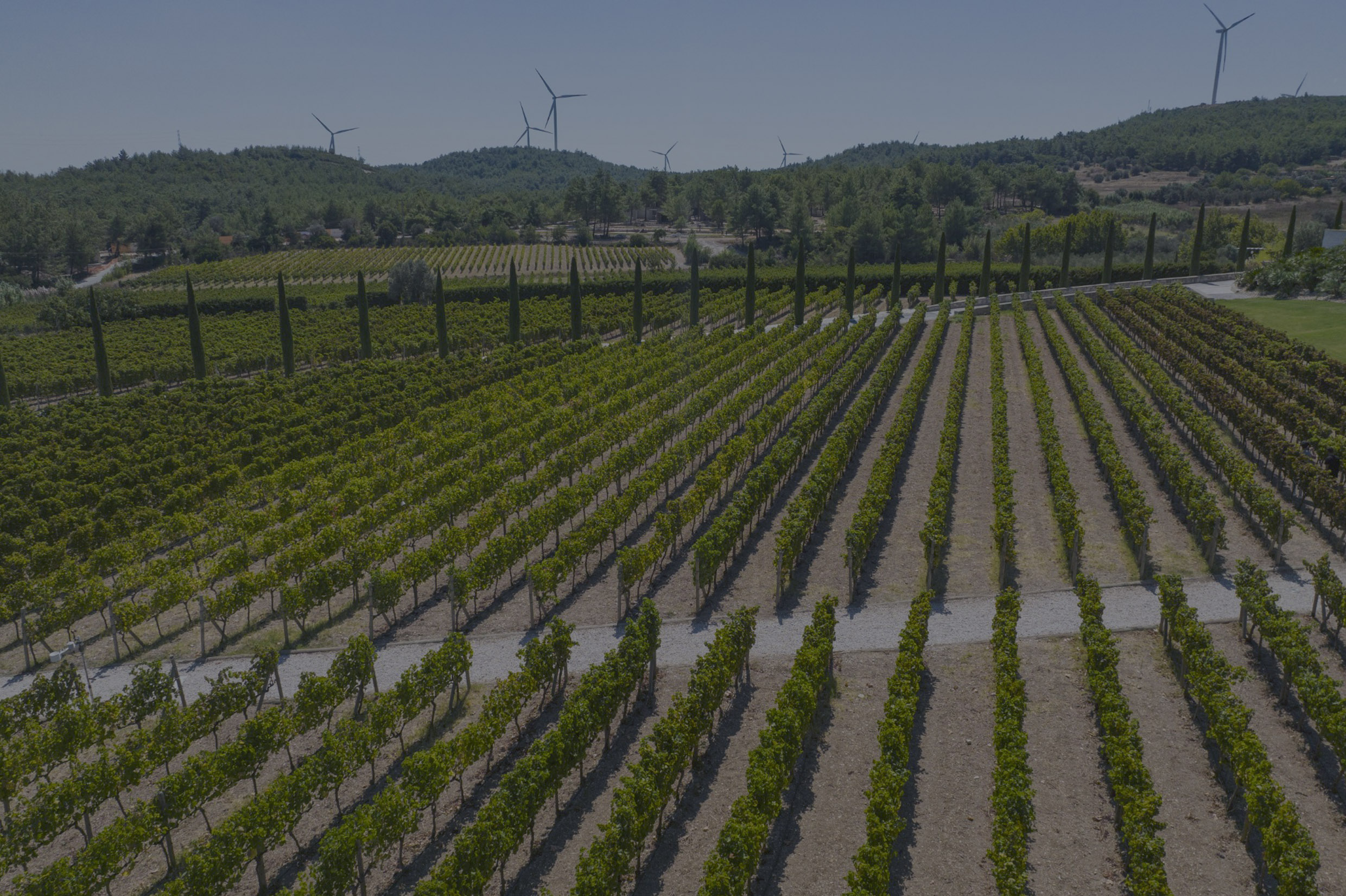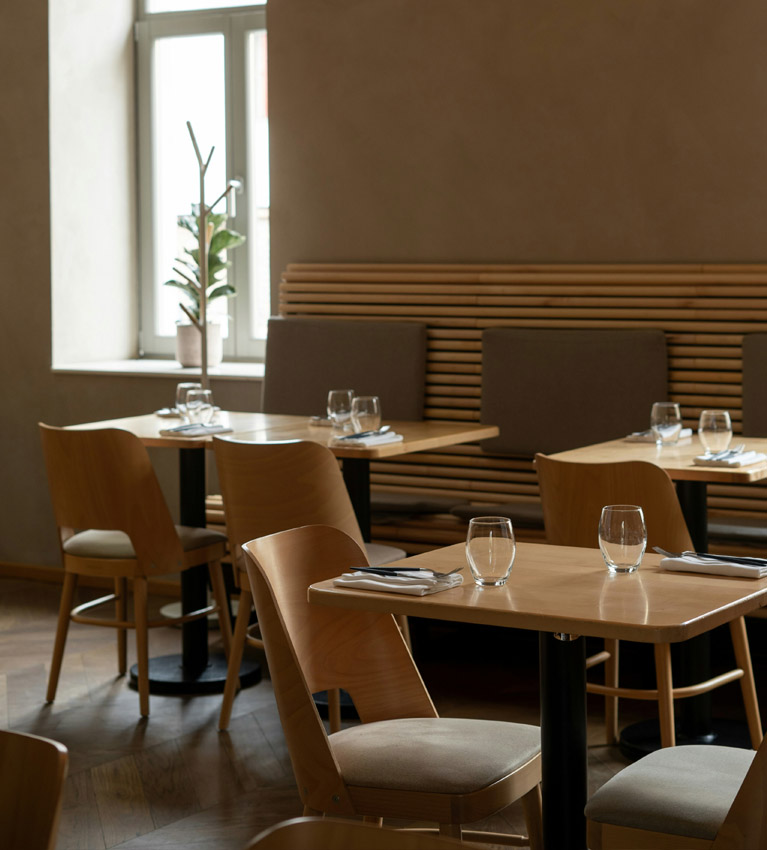
Discovering the Turkish Thrace Wine Region
August 6, 2024

Comsec: Leading the Way in ICT and Telecom Solutions
August 3, 2024
ProKitchen: The Love Affair between Quality Kitchen Supplies and Reliability
August 6, 2024The Thrace region in Turkey is one of the most important and productive areas for viticulture in the country. It is estimated that there are approximately 30-50 active wine producers in Thrace.
The Characteristics of Viticulture in Thrace
Thrace has a climate that is particularly favourable to viticulture, with cold winters and hot, dry summers. The terrain is varied, with areas of fertile plains alternating with hills, and this contributes to the diversity of the wines produced.
Both international grapes and native varieties are grown in Thrace. Among the most widespread international varieties are:
- Cabernet Sauvignon
- Merlot
- Sauvignon Blanc
- Chardonnay
Turkey produces up to 1500 indigenous grapes. The most popular grapes in the Thrace Region are:
Kalecik Karası: meaning “black of Kalecik”. Like many black grapes in Turkey, it takes its name from its town of origin. In this case, Kalecik near the Turkish capital Ankara. Kalecik Karası produces light to medium bodied red wines. Many consider this grape to be Turkey’s answer to Pinot Noir. It has great ageing potential and is believed to be the country’s most ageable grape variety, known for its distinctive cotton candy aroma.
When made well, the grape is capable of producing wines with elegance and complexity and an aroma profile that includes red berries, cherry, strawberry, raspberry, cotton candy, pyrazine, game, and stable. Kalecik Karası is made into a variety of red wine styles aged in stainless steel, oak, and even amphora. It appears as a varietal and in blends, is also a popular grape for making rosé wines.
Papaskarasi: meaning “pope’s black” is a local Thracian variety that produces light and fruity red wines. It allegedly goes back to the Byzantine era when wines made from this grape were a favourite of Constantinople-based popes.
It grows best in clay-loam soils and dry conditions and has the ability to make versatile wines that are semi-aromatic, fruit-forward, and naturally highly acidic with aromas and flavours of red and black fruits, olives, purple flowers, pepper, and spice. It integrates well to oak and as such produces several styles of medium-bodied red wines, as well as rosés.
Öküzgözü: the name derives from its shape, a large and round black berry, looking like a bull’s eye (öküz-gözü). The wine is medium-bodied, with a bright ruby colour having red fruit aromas of raspberries, cherries with hints of mint. It has excellent acidity and fine tannins.
Narince (white): meaning “delicately” in Turkish, because of its very thin skins. With an aroma profile that ranges from fruit with orange, grapefruit, lime, white pineapple, quince, and ripe green apple, to floral/herbal with plumeria, acacia, fruit blossom, and basil, and walnut, Narince produces aromatic and steely wines with moderate alcohol to high alcohol.
Narince takes well to oak ageing and develops a complex and creamy character with flavours of vanilla, caramel, and toasted nuts when aged in oak.
Known Producers:
Barbare Winery: Known for their commitment to sustainable and organic production, they produce a range of wines ranging from Syrah to Grenache. Nestled close to the Marmara Sea’s salty breeze.
Badur Winery is one of the oldest and most renowned wineries in the region. It produces a variety of wines ranging from full-bodied and tannic reds to aromatic and fresh whites.
Melen Vineyards rests on Ganos Mountain. Cabernet Sauvignon, Merlot, Tempranillo and Shiraz grapes are planted in the vineyards, spreading over 150 decares. Another feature of Melen is the thousands of years old St Ioannis Theologos Monastery located among its vineyards.
Galî’s has a mix of Merlot, Cabernet Franc and Cabernet Sauvignon. Hakan, the owner, studied wine in Bordeaux and decided to make two reds modelled on the Bordeaux château style. Interesting fact is that there are WWII bunkers in their vineyards and the plan is to store wines there.
With its favourable climate and terroir Thrace is becoming a popular destination for wine tourism attracting visitors from all over the world.

Stefania Calleja
Stefania holds a Master’s Degree in Business Administration (University of Leicester). She is a forward thinking and customer focused business manager with considerable experience within the hospitality industry developing and leading teams. Over the years Stefania acquired a passion for wine graduating with a Diploma in Wines from the WSET (Wines and Spirits Education Trust) school in London and has been selected as an international wine judge in prestigious challenges such as Mundus Vini and Turkish Wine Challenge. Stefania has a keen interest in travelling especially in wine countries and exploring less known grape varieties.
Click here to see Horeca Issue 16 online



